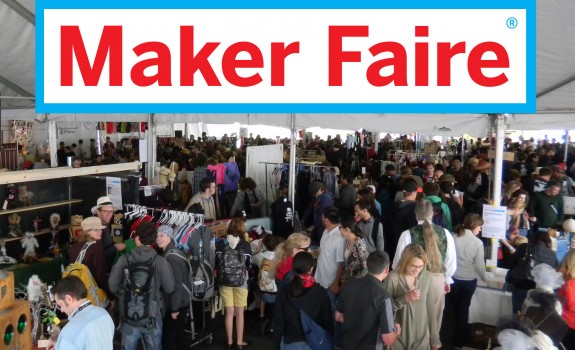I’m just starting out, and I have lots of questions I’d like to ask successful business crafters. What’s okay and not okay to ask about?
In general, it’s okay to ask about process, not product, and it’s always best to ask for help from businesses that don’t compete with yours. For example, if you sell plush toys, it’s not okay to ask another plush artist where they get their fabric, who their distributor is, or what consignment stores they work with. Instead, try asking something like, “Can you recommend somewhere to start researching distributors/stores/wholesale fabric suppliers?” Then, instead of giving away their contacts/sources, they can give you the name of a trade association or web site where you can begin your own research.
It is also okay to ask a fellow crafter general business information, like if they can recommend any good crafty business books, marketing classes, banks, or bookkeeping software. Your successful accounting practices will not harm their business. Other things that are sometimes okay to ask about include who designed their logo/web site, and how they developed a good pricing structure. You can also ask non-competing businesses for general feedback on your Etsy store, packaging, etc.
If you are unsure about whether your question falls within the bounds of etiquette, try asking it by beginning, “Would you be comfortable sharing information with me about X? I totally understand if you’re not.” That way, it’s easy for them to say no and neither party has to resent the other.
I sell my toys with buttons that have clever sayings on them. Yesterday one of my customers told me she also wants to start selling (mass-produced) toys with clever buttons on them. She asked me for my button source and their pricing! I think this is really rude. How do I respond kindly without blowing my top?!
Again, this goes back to process, not product. How did you find your button source? How did you research pricing in order to comparison shop? It may be as simple as telling her you Googled the phrase “button makers” and then requested prices and samples from five local businesses. She still has to do the legwork, but you’ve answered her question helpfully, while insinuating that maybe it’s not so cool to ask a competitor for such specific information.
I’m thinking of applying for a particular craft fair, but I don’t know anyone who’s vended there. Is it okay for me to ask a random vendor (posted on their vendor page) how profitable it was for them?
This is a tricky one, but I would say yes, provided: you ask someone who does not sell competing products, you ask using the “Would you be comfortable sharing…” preface, and you don’t ask specifics, like “how much money did you make at that fair?” or “what were your best selling items?” Instead, stick to more general questions, like “was it worth your time?”, “did the customers generally fit your demographic?” and “would you do it again?”
Do you have thoughts about these questions? Do you have other etiquette questions? Ask them in the comments and we’ll try to answer them!





